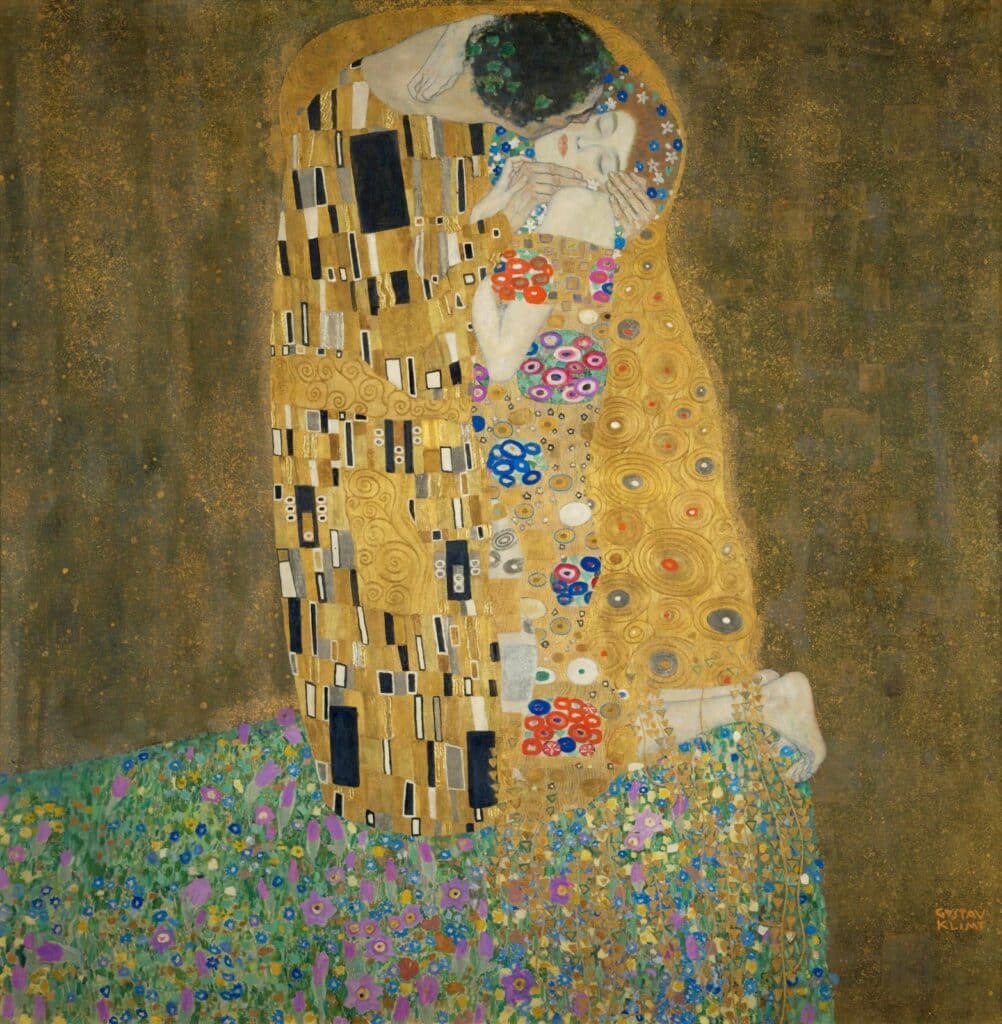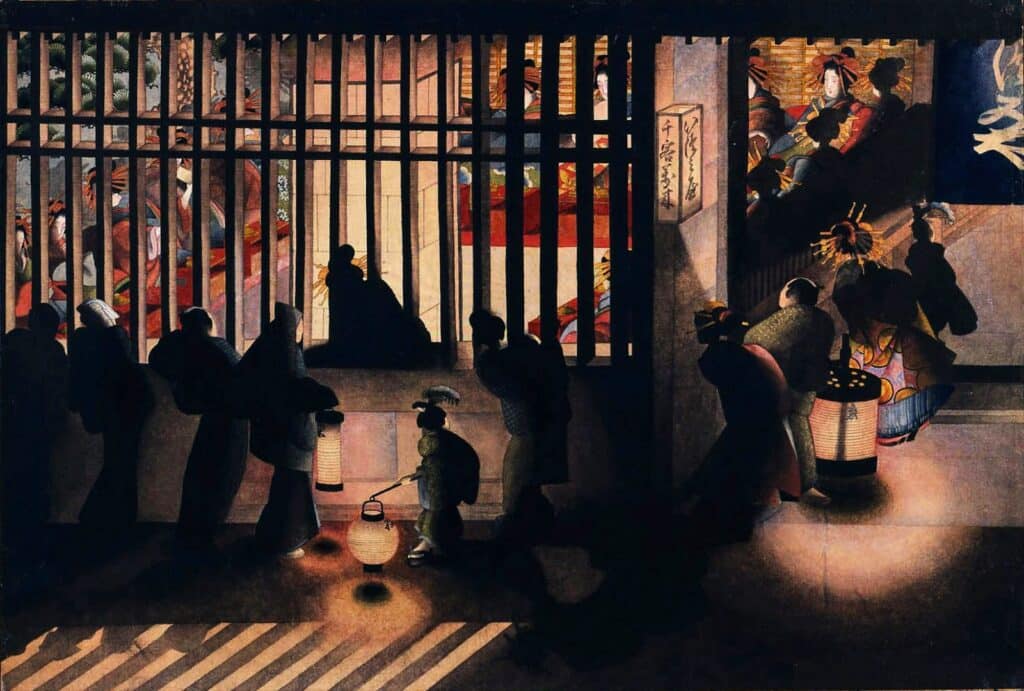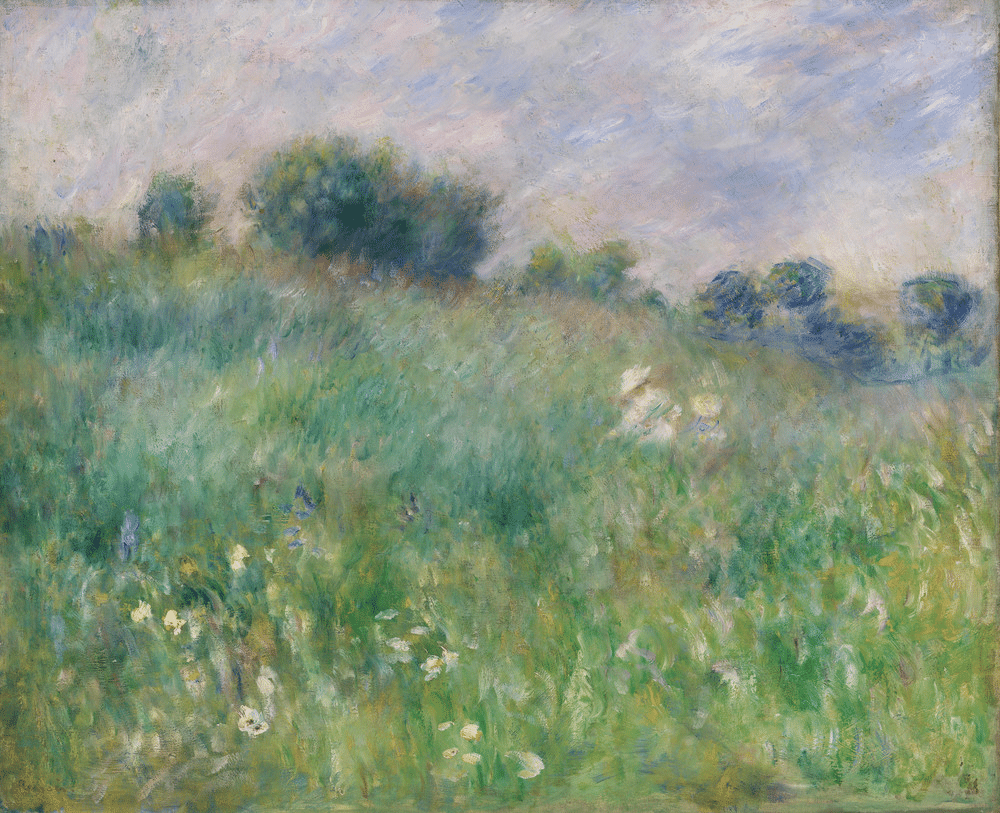How Neuroesthetics Can Transform the Way You Create Art
Through the study of neuroaesthetics, you can create more captivating art by learning how the human brain perceives beauty, emotion and design.
More than 8.9 million people visited the Louvre last year. Many went to see the Mona Lisa face-to-face, and others went to wander through exhibits that featured famous works of art like Liberty Leading the People and Venus de Milo. Humankind has been admiring and creating art for tens of thousands of years.
You can find 35,400-year-old sketches of local wildlife in the caves of Indonesia and 32,000-year-old painted rhinos and lions on top of a limestone cliff in France. These are some of the earliest examples of artists who created lifelike images of the world around them.
For most of human history, researchers didn’t ask themselves why we create art but just accepted it as a natural part of the human experience. In recent years, neuroaesthetics, the study of art and beauty through a neurological and biological lens, has emerged as a way to test the effects of aesthetics on human mood, behavior and brain function.
What is Neuroaesthetics?
If you’re an art collector or connoisseur, you can probably think of a few pieces of art that have influenced you the most. But anyone who has come in contact with a beautiful art piece knows that a work of art can inspire new ideas, bring you to tears or remind you of a memory long forgotten. Now, scientists are trying to understand why art and beauty affect humans the way they do.
Neuroaesthetics explores the biological foundation of aesthetic experiences. Researchers in this field focus on how three neural systems react to beauty and art: sensory-motor, emotion-valuation and meaning-knowledge.
Founders of the neuroaesthetic movement, like Semir Zeki, argue that understanding the biological reasoning behind aesthetic beauty can help scientists better understand the brain and help artists create work that aligns with the human perception of beauty and aesthetics.
Critics of neuroaesthetics argue that art and beauty don’t need a biological or neurological reason to exist. In the article "Neuroaesthetics is Killing Your Soul," the author shares that human perception of beauty isn’t a fundamental quality of the brain because it is also influenced by culture and circumstance.
Still, understanding how you take in art and beauty through your different senses and neural systems can help guide you toward creating artwork that stimulates the visual areas of your brain and even turns on parts of the pleasure and reward center in your brain.
How Your Brain Takes in Beauty
Before you understand why beauty and aesthetics are important to humankind, it helps to understand how you process the world around you. You probably already have a little knowledge about your creative processing if you’ve ever learned about the psychology of color or design psychology.
Our brains react differently to various colors and shapes. When you learn about the meaning of colors you’ll discover that blue promotes feelings of relaxation, inspiration and peace. Red can make viewers feel powerful, confident and energized. Squares and rectangles often represent strength and security and circles and ovals are associated with feelings of harmony, community and mystery.
Biologically, your nervous system analyzes any visual information that comes in, whether that be an ad flying by on the side of a bus or a painting in a quiet room of a museum. Your nervous system processes this visual information at different levels, known as early, intermediate and late vision.

During the early vision stage, you’ll take in simple visual information like color, luminance, shape, motion and location, which will be processed in different parts of the brain. In the intermediate stage, your brain will separate and combine specific visual information in coherent areas in the brain to avoid any sensory overload. Your brain will combine this visual information on rules like proximity, similarity and continuity.
If you look at Gustav Klimt’s The Kiss above, you’ll likely identify the multitude of grey, black, gold and white rectangles as the man’s robe and the multi-colored circles as the woman’s dress. In this instance, your brain groups together similar shapes and colors to create one uniform idea: the two lovers’ separate clothing.
Finally, in the late vision stage, the brain will decide which of the areas to further inspect. Here, you’ll start thinking of memories that you associate with the visuals. Then, you’ll have an emotional reaction and start to make decisions about the visuals like deciding whether to pick up, touch or eat what is in front of you.
Neuroscientists Semir Zeki and Tomohiro Ishizu scanned people’s brains when they looked at art and listened to music. They found that the medial orbitofrontal cortex (mOFC) is activated when the person considers the art and music beautiful. The mOFC is part of the pleasure and reward center in the brain, which means that biologically engaging with beautiful art does give humans pleasure.
Other areas of the brain, such as the insula, which processes emotions, are also activated when a person finds a work of art beautiful.
The Eight Laws of Artistic Experience
In Science of Art: A Neurological Theory of Aesthetic Experience, authors Vilayanur Ramachandran and William Hirstein share eight laws of the artistic experience, which are a set of rules that artists either consciously or unconsciously use to stimulate the visual areas of the brain. The laws are:
The Peak Shift Principle reveals that the brain favors heightened and exaggerated versions of the familiar, rewarding visuals they already enjoy. Brand designers can use this principle to attract more customers by exaggerating the colors and visuals that already work well.
Perceptual Grouping explains how the brain organizes visual information into coherent shapes and ideas. If you’ve ever seen a photo mosaic, which is a large photo made up of different colored smaller photos, you’ll notice that you see the larger image before you see the smaller images. Gestalt principles explain how humans group similar ideas together by recognizing patterns so that they can simplify complex images when taking in visual information. You can utilize the power of Gestalt principles by grouping important buttons together on your website design.
The Law of Isolation states that an element will stand out more if it’s distinctly separated from the elements around it. You can use this principle in any minimalistic design.

The Law of Contrast suggests that an element will be more noticeable and memorable if it strongly differs from the elements around it. A red sailboat will stick out more in a sea of blue than a green one would. You can use this law to create eye-catching logos by using contrasted colors, shapes or ideas. Notice how your eye was immediately drawn to the light of the lanterns in Katsushika Ōi’s Night Scene in the Yoshiwara. The contrast between the light and the dark scene around them is what makes this part of the painting more attractive to your brain.
The Law of Symmetry reveals that the brain prefers symmetrical patterns because they’re more organized and aesthetically pleasing. You’ll often see this rule used in modern architecture and interior design.
Perpetual Problem Solving explains that adding some sort of cognitive challenge to your artwork can make your viewers feel more satisfied and engaged with your creation. If they have to use mental energy to identify underlying figures and patterns in your work, they’ll feel more enriched and mentally stimulated once they find what you want them to look for. You might also play with storytelling in your work so that your viewers can experience narrative elements, pattern recognition and anticipation when viewing your creation.
The Law of Abhorrence of Unique Viewpoints states that the brain favors familiar perspectives over new ones because they are easier and faster to process. This principle is important in user interface (UI) and user experience (UX) design. If you’re building a digital product like an app, you’ll find more success if you keep common actions like “sign in” or “order” in colors and locations that users are already used to.
The Law of Visual Metaphor states that people will find deeper meaning and resonate with abstract ideas when visuals symbolize them. For example, you might use this principle when creating an abstract painting of a rough night out at sea or when choosing the cover image for your app.
If you really want to understand these laws and put them to use, you might try this 10-Day Drawing Challenge to Train Muscles and the Brain. Throughout each activity, you can try to implement at least one of the eight laws of the artistic experience.
Express Yourself Through Art, with Skillshare
Browse More Art ClassesHow to Draw: A Beginner’s Guide - Part 1 of The Drawing Laboratory
Learn to Draw: A Comprehensive Introduction to Drawing Foundations & Style
Always Drawing: How to Start and Keep a Daily Sketchbook
Landscapes: A Free-Flow Watercolour Masterclass with Jane Davies
The Biological Basis of Aesthetic Appreciation
In Margaret Livingstone’s book Vision and Art: The Biology of Seeing, she dives into how the brain sees. By knowing what the brain takes in from visual stimuli, you can boost recognition, recall and emotional impact within your work.
First you should know that biologically, the eye is only interested in discontinuities and disruptions within an image. This means that an area of solid color will not be analyzed in the same way as a single line or a transition area. You’ll notice the separation of a painting of a white bowl from its dark blue background more than you will notice the details of the blue background itself.
If you don’t want a change in color in a painting to draw attention, you should make the color transition as smooth as possible.
Opponent colors, which is a theoretical color system that shows that one member of a color pair suppresses the other color, can also be used to stimulate your brain. Livingstone shares that using opponent colors like white and black, purple and yellow, orange and blue and red and green will most optimally trigger the receptive cells in the eye. Triggering these receptive cells will mean that these colors will help make things pop within your work.

Blurriness and impressionist-style techniques can help make your art more dimensional because these images actually more realistically portray how you perceive movement in real life. In Pierre-Auguste Renoir’s painting La Prairie (seen above), the blurred lines give the impression that the grass is moving because it mimics how our eye would see grass blowing in a field on a windy day.
Repetitive patterns can also be used to give the impression of depth in an image or painting. By using patterns and geometric shapes, you can make a dynamic image look warped, deep or like it’s moving because of the way your eye perceives spatial depth.
How to Use Neuroesthetics in Your Work
If you’re a full-time creative or an artist with a passion for visual work, you can make your creations even more powerful by understanding how the brain processes the world around it. How your brain takes in information plays a major role in how humans perceive beauty. By knowing that the human brain favors familiar and organized visuals with underlying meaning or an easily solvable challenge, you can work these ideas into your designs and artwork to make them more memorable and enjoyable.
The eight laws of artistic experience, including the Peak Shift Principle and the Law of Symmetry, show how exaggeration, balance and simplicity can all help make a work of art more engaging. The brain is naturally drawn to more intense versions of what it already knows and recognizes. You might use this information to emphasize the colors, forms and patterns you already enjoy working with to help your work stand out even more.
During the early, intermediate and late vision stages, the brain will filter and prioritize certain visual information and group similar shapes and colors together to form a cohesive image. You can play with your viewer’s perception of your work by emphasizing contrast and positioning different ideas together, isolating the parts of your work you want your viewers to notice and grouping important elements together as you saw in works like Klimt’s The Kiss or Katsushika Ōi’s Night Scene in the Yoshiwara.
You don’t have to change your design or art style to take advantage of neuroaesthetics. By just strategically arranging elements within a composition, using patterns and shapes you know your viewers will recognize and adding visual metaphors, you can trigger the brain’s reward system and make your work feel more dynamic and immersive.
Over the next few weeks, see how you can use the laws of aesthetics, the biology of seeing and the psychology of color in your work. You might realize you already use some of these techniques without realizing it or have a breakthrough in your work. If you are struggling to push past creative block or tap into your creative intuition, you can learn more about art and design by visiting a museum, taking an online class on Skillshare or connecting with other creatives.
Related Reading
Learn to Paint with Skillshare – Start Your Free 7-Day Trial Now!
Get Started- Explore a variety of paint mediums
- Unlimited access to all classes
- Learn offline with Skillshare's app




